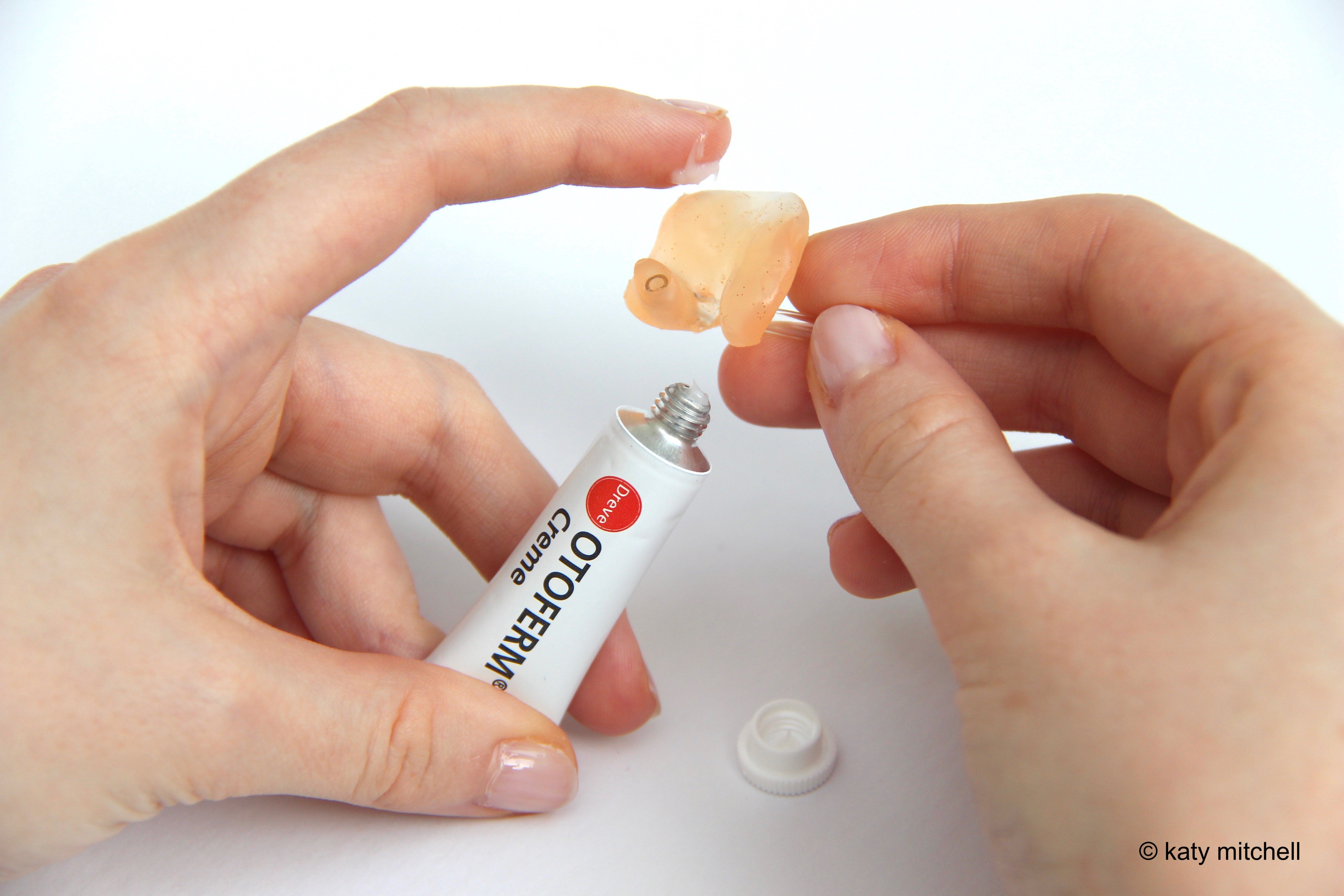Understanding Hearing Loss
|
|
Hearing AidsThis section provides information about day to day management of post-aural hearing aids which will be useful for parents/carers and staff supporting children in nurseries and schools.
Hearing aid batteries need to be stored safely, with the utmost concern for child safety. A National Patient Safety Alert has been issued around the risk of harm to babies from small hearing aid batteries. When inserting a new battery, remove the sticker and insert into the tray of the hearing aid battery compartment. To ensure that the battery is inserted the correct way, match the + symbol on the top of the battery and a + symbol on the tray of the battery compartment. A young child will not be able to let you know when their hearing aid batteries need to be changed. Your audiologist will guide you as to how frequently batteries should be changed.
Use a stetoclip to listen to the hearing aid to check that the sound is clear, without crackling or distortion.
Sometimes water droplets form in the tubing of the earmould. Attach a puffer to the tubing and squeeze it several times until the tubing is dry.
It is important that earmoulds fit well. When a child starts to outgrow their earmoulds, you may hear whistling. This acoustic feedback is caused by sound leaking from a poor fitting earmould. Otoferm is a cream which can be used to provide a more effective seal to prevent whistling. Smear a little cream over the earmould, taking care to ensure that the cream does not go into the tubing.
A drying pot can be used if a hearing aid falls into water. Place a moisture absorbing silica crystal tablet into the bottom of the drying pot. Remove the hearing aid battery, place the hearing aid into the drying pot and close the lid. Leave for 8 hours or overnight. The drying tablets can be used until their golden colour has turned white.
A Kids Clip can be used to secure hearing aids, so if a hearing aid falls from a child's ear it is still attached to their clothing. Slide each plastic loop over the hearing aids to reduce the risk of losing hearing aids whilst out and about.
It is important to have a good fitting earmould to prevent feedback (whistling) by sound leakage. Sometimes your audiologist will recommend that ear drops are used for a few days prior to an appointment for earmould impressions, to soften the wax and aid removal.
This NDCS booklet provides useful information for families nursery and school staff about hearing aids and checks that you can do to promote daily consistent hearing aid use. This NDCS video explains how to re-tube an earmould. This NDCS video provides more information about how to look after a hearing aid. Phonak have produced a fact sheet about how to care for hearing aids.
References NDCS (2020) Hearing aids: for families. [Online] Available at: https://www.ndcs.org.uk/# [Accessed:15th February 2021] NHS (2019) National Patient Safety Alert. Risk of harm to babies and children from coin/button batteries in hearing aids and other hearing devices. [Online] Available at: https://www.england.nhs.uk/2019/12/risk-of-harm-to-babies-and-children-from-coin-button-batteries-in-hearing-aids/ [Accessed:15th February 2021] Phonak (2021) How to care for hearing aids. [Online] Available at: https://www.phonak.com/uk/en/support/children-and-parents/handling-and-care.html [Accessed:15th February 2021]
|



















